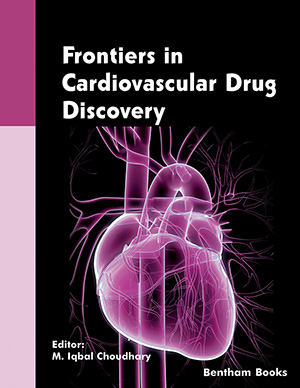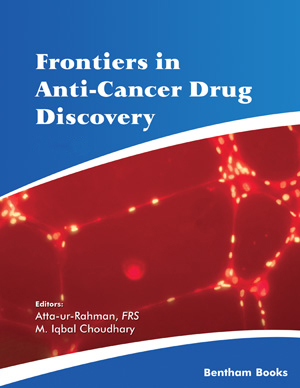
Abstract
Rheumatoid arthritis (RA) is a multifactorial disease characterized by chronic inflammation of the joints. Both genetic and environmental factors are involved in the pathogenesis of joint destruction and disability. In the inflamed RA joint, the synovium is highly infiltrated by CD4+ T cells, B cells, and macrophages. Furthermore, the intimal lining becomes hyperplastic due to the increased numbers of macrophage-like and fibroblast-like synoviocytes. This hyperplastic intimal synovial lining forms an aggressive front, called pannus, which invades cartilage and bone structures, leading to compromised function and/or destruction of affected joints. RA pathology is mediated by a number of cytokines (TNF-α, IL-1, IL-6, IL-17, IFNγ, etc.), chemokines (MCP-1, MCP-4, CCL18, etc.), cell adhesion molecules (ICAM-1, VCAM-1, etc.) and matrix metalloproteinases. Currently, treatment strategies targeted against TNF-α, IL-1 and IL-6 are available. In this review, we will summarize the use of biologics, the pros and cons of the use of biologics, and discuss on the potential molecular targets of RA.
Keywords: Tumor Necrosis Factor alpha, human anti-chimeric antibody, Interleukin-1, methotrexate, rituximab, Chemokines
 45
45






















